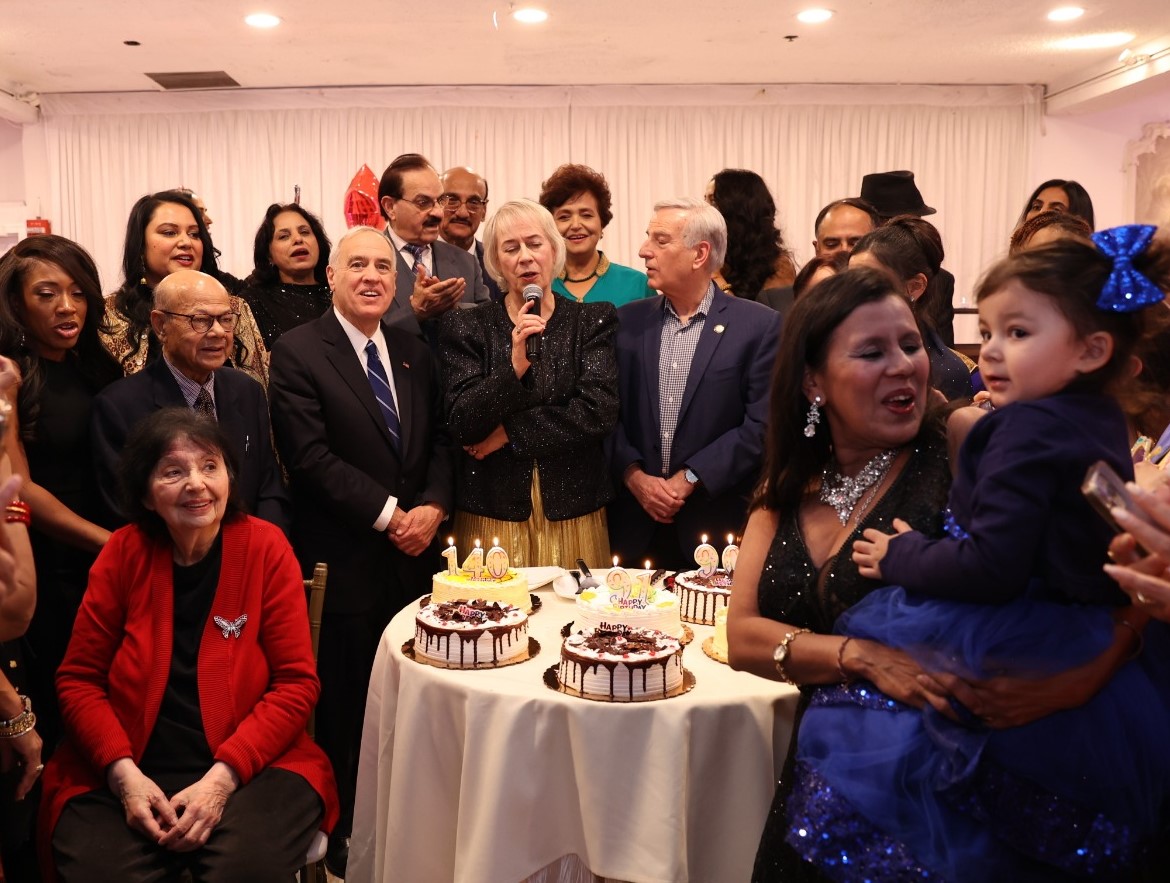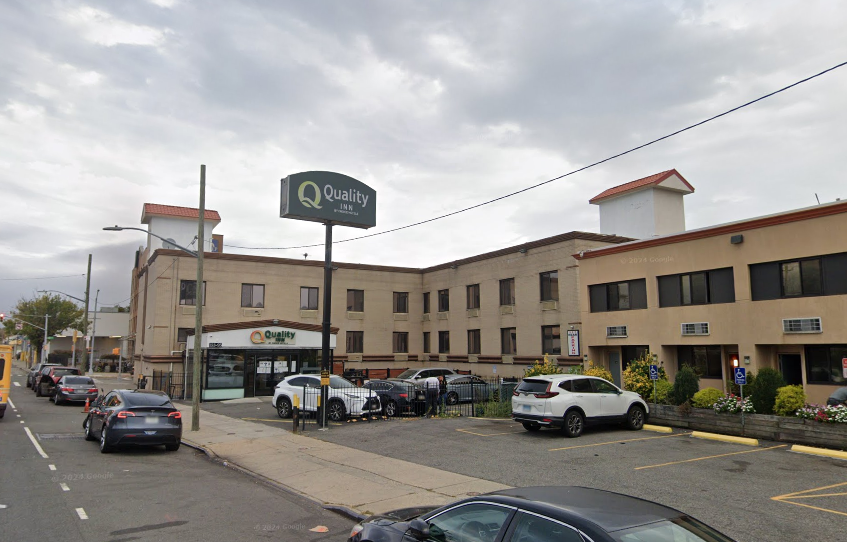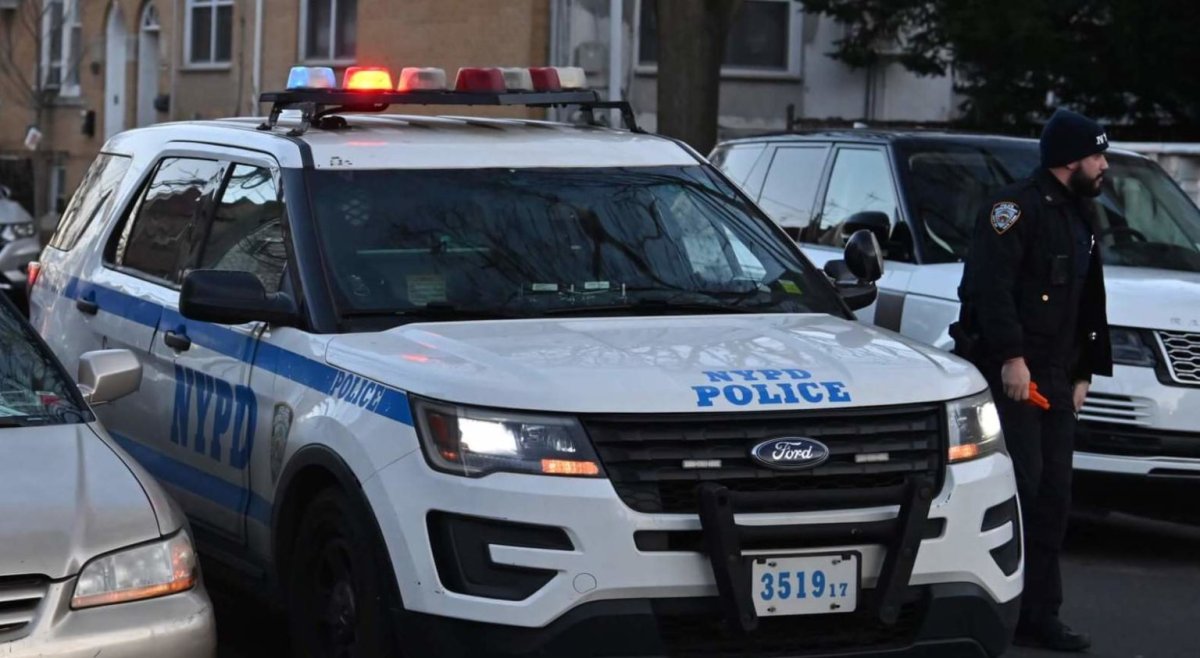By Ed Gold
A steady stream of elderly Villagers, feeling poorly, sought help at St. Vincent’s Hospital. The diagnosis was malnutrition. They were treated and fed, and sent on their way. Three weeks later they were back in the hospital.
The year was 1973. This pattern was not lost on a trio of conspicuous do-gooders who decided something important had to be done. The group included:
* Lucy Cecere, who had organized Our Lady of Pompei’s Golden Luncheon Club and had pressed Village supermarkets to supply food for the program with a vigor that prevented negative responses;
* Father Bob Lott of St. Joseph’s whose pope was John XXIII, and who could never turn his back on any suffering person;
* Jim Janeski, who had seen the revolving door of undernourished Villagers firsthand at St. Vincent’s and was anxious to help solve the problem.
Others who recognized the need and had their own programs in place were Father Ledlie Laughlin and Sister Catherine at St. Luke’s and Rev. John Mellon at First Presbyterian.
The leadership trio sought government help and ran into a barrier at the Dept. for the Aging because everyone there, as Cecere recalls, “thought everyone in Greenwich Village was wealthy.”
But no agency could long resist the persistency of Cecere, Lott and Janeski, and D.F.T.A. finally signed a contract providing lunch money for St. Joseph’s, and included satellite support for Pompei and St. Luke’s.
Caring Community was born. Lott became its first director, receiving a salary of $12,000, which he gave back to the program.
The organization has come a long way in the years since and will celebrate its 30th birthday Nov. 3 at a gala at the Tribeca Rooftop at Two Desbrosses St., just south of Canal.
Caring Community’s budget has grown somewhat and now stands at $2 million. It has a staff of 27 and an estimated volunteer corps of 300.
The program now operates at six sites. In addition to units at Pompei, St. Luke’s and First Presbyterian, Caring Community runs programs at Village Temple, at its headquarters at 20 Washington Sq. N. and has now extended beyond the Village to Independence Plaza in Tribeca, thanks no doubt to the efforts of former Councilmember Kathryn Freed, who recognized a good thing and wanted her constituents to benefit from it.
Caring Community has been really strong on networking. At least 13 churches and synagogues are affiliated, along with several colleges, Greenwich House, Village Center for Care, SAGE (Senior Action in a Gay Environment) and of course, St. Vincent’s.
At first glance, the honorees at this year’s celebration seem disparate: a group of nuns and a university president. But actually the choice makes sense, since both recipients have contributed conspicuously to Caring Community’s growth and success.
The Sisters of Charity are in fact the benign landlords of the organization at its headquarters location, a description that would be considered an oxymoron in some circles. In this instance, it is valid since the sisters have permitted extensive expansion at the site, including improved cooking facilities, additional meeting rooms and more office space — and have kept rental costs down.
As for N.Y.U. President John Sexton, formerly dean of N.Y.U.’s School of Law, he and his representatives have provided program consultants, offered transportation facilities for trips by seniors, encouraged student volunteerism and helped in fundraising efforts.
Caring Community’s mission is to serve the frail elderly “in a manner that fosters independence, dignity and respect.”
This mission has two key focuses: through the senior centers, where 450 meals are delivered daily, and where each center has its distinctive range of activities; and through the homecare service that assists 200, mostly homebound, individuals.
The site programs cover an extraordinary variety of activities. At Pompei, for example, bingo is very popular but for two years 80 seniors there took a course in American history and everyone passed! Other sites include programs that offer Shakespeare, creative writing, tai chi, dancing, calligraphy and lessons in Italian and Yiddish.
In homecare, Caring Community serves people who can’t get around, providing shopping, household repairs, medical assistance — anything under the heading of tender loving care. There’s even a “telephone reassurance program” so a homebound person can hear a friendly voice.
Ellie Korman, current chairperson of the organization’s board of directors, credits one of her predecessors with broadening the base of the organization to reach out beyond religious groups to educational and other community institutions. The reference is to Anita Kurman Gulkin, one of this community’s great and creative do-gooders, whose salaried job was as president of Greenwich House.
Korman, in her tenure, has stressed the need for additional money-raising efforts by board members to keep the organization financially sound as the government-funding tunnel becomes more clogged.
Meanwhile Cecere, who retired as assistant director of operations two years ago, remains involved as a board member, a member of the executive committee and a 24-hour-a-day worrier about the organization’s future. She still dreams of new senior housing that will include elevator service for those unable to climb stairs.
Cecere’s long association at Caring Community has its poignant moments. She notes that a former board member, Elizabeth Force, still has her own apartment and her full faculties and is serviced by the homebound program. Korman would like to bring her to the birthday party, if possible. Force is 102 years old.
Cecere notes there have been two marriages that developed from senior center activity. One, last year, involved a 79-year-old groom and an 85-year-old bride. She also remembers the wedding 10 years ago: “After the ceremony, the groom suddenly realized he had new responsibilities and went back to work.”
Happy birthday, Caring Community!
” width=”150″ height=”42″ border=”0″>
” width=”150″ height=”47″ border=”0″>




































